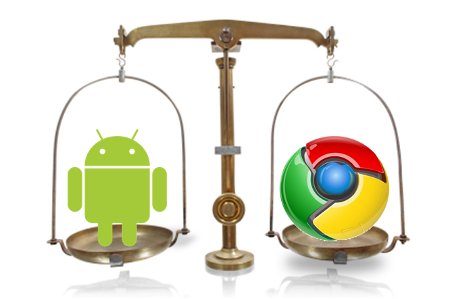 Former Google employee and Gmail creator Paul Buchheit apparently doesn’t think much of the recent Chrome launch. On his FriendFeed account, Buchheit recently posted “Prediction: ChromeOS will be killed next year (or “merged” with Android).” And that isn’t all he had to say about his doubts. “ChromeOS has no purpose that isn’t better served by Android (perhaps with a few mods to support a non-touch display). I was thinking, ‘is this too obvious to even state?’, but then I see people taking ChromeOS seriously, and Google is even shipping the devices for some reason.”
Former Google employee and Gmail creator Paul Buchheit apparently doesn’t think much of the recent Chrome launch. On his FriendFeed account, Buchheit recently posted “Prediction: ChromeOS will be killed next year (or “merged” with Android).” And that isn’t all he had to say about his doubts. “ChromeOS has no purpose that isn’t better served by Android (perhaps with a few mods to support a non-touch display). I was thinking, ‘is this too obvious to even state?’, but then I see people taking ChromeOS seriously, and Google is even shipping the devices for some reason.”
He isn’t the only one predicting a rough future for ChromeOS. The Linux-based operating system is drawing criticism in its beta round, with many testers complaining that its Web-based interface just isn’t user-friendly. GigaOm hit the nail on the head, saying “The biggest challenge for Google’s Chrome OS is that it is going to be fighting against many life-long habits of using a desktop OS.” And while Google intends for Chrome OS to become a viable option to competitors like Mac OS X and Windows, even reviewers who liked the setup admitted it would never fully replace a traditional system. Some are also questioning how well the machines will work when disconnected, since the Chrome OS is essentially a strictly cloud computing system. While the notebooks have modems, GigaOm questions whether or not existing networks are capable of handling “the network traffic demands of a cloud-centric client.”
It sounds like what most people are asking is “Why Chrome OS?” Google has an operating system that many users love – Android. It’s already a recognizable brand to consumers, and from the sounds of Chrome testers and Buchheit, it may end up becoming the prevailing Google OS. But Google didn’t release the Chrome OS notebook to retailers yet for a reason, and in the December 7 event stated that the company wanted to conduct consumer testing and use the feedback it receives. It sure seems like a crucial element to tweak, but who knows what the final versions will hold when (if?) they are officially launched in mid-2011.
Editors' Recommendations
- How to update Chromebooks and Chrome OS
- 5 things the iPhone has to change in 2023 before I ditch Android
- Wear OS 3 is finally coming to these older smartwatches this month
- The Google Pixel Tablet is a bad idea that might just work
- Google Pixel Watch vs. Samsung Galaxy Watch 5: which is the Wear OS champ?


